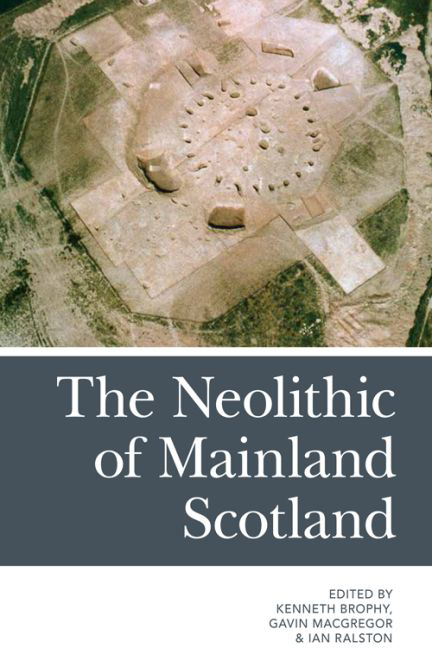Book contents
- Frontmatter
- Contents
- List of Tables and Figures
- Notes on the Contributors
- Acknowledgements
- Foreword: ‘The prehistory of my own lands, the lowlands’
- Part I Scotland's Mainland Neolithic in Context
- Part II Non-megalithic Monuments
- Part III Pits, Pots and Practice
- 9 Life is the Pits! Ritual, Refuse and Mesolithic–Neolithic Settlement Traditions in North-east Scotland
- 10 On Ancient Farms: A Survey of Neolithic Potentially Domestic Locations in Lowland Scotland
- 11 The Neolithic Pottery from Balfarg/Balbirnie Revisited
- 12 Pursuing the Penumbral: The Deposition of Beaker Pottery at Neolithic and Ceremonial Monuments in Chalcolithic and Early Bronze Age Scotland
- Index
9 - Life is the Pits! Ritual, Refuse and Mesolithic–Neolithic Settlement Traditions in North-east Scotland
from Part III - Pits, Pots and Practice
Published online by Cambridge University Press: 15 September 2017
- Frontmatter
- Contents
- List of Tables and Figures
- Notes on the Contributors
- Acknowledgements
- Foreword: ‘The prehistory of my own lands, the lowlands’
- Part I Scotland's Mainland Neolithic in Context
- Part II Non-megalithic Monuments
- Part III Pits, Pots and Practice
- 9 Life is the Pits! Ritual, Refuse and Mesolithic–Neolithic Settlement Traditions in North-east Scotland
- 10 On Ancient Farms: A Survey of Neolithic Potentially Domestic Locations in Lowland Scotland
- 11 The Neolithic Pottery from Balfarg/Balbirnie Revisited
- 12 Pursuing the Penumbral: The Deposition of Beaker Pottery at Neolithic and Ceremonial Monuments in Chalcolithic and Early Bronze Age Scotland
- Index
Summary
Introduction
Pit digging is increasingly recognised as a ubiquitous phenomenon of the Neolithic (and now perhaps the Mesolithic) of Britain and Ireland (Anderson-Whymark and Thomas 2012). Pit digging has much to tell us about settlement strategies, the nature of ritualised action and, more generally, the ways in which people ‘altered the earth’ in early prehistory (Bradley 1993). Nevertheless, there are many interpretive issues that remain to be addressed in relation to pits. It increasingly seems that pits can no longer be characterised as ‘domestic’ or ‘ritual’; rather, many pits and sites more generally display characteristics that fall on a spectrum between these two opposing interpretations (Brophy and Noble 2012).
Pits have proved difficult and controversial to interpret from their identification in the nineteenth century onwards. The interpretation of pits has become dominated by two theoretical trajectories: pits as settlement evidence and pits as ritualised structured depositions. Pits have been interpreted as dwellings in their own right (e.g., Stone 1934), or as an ancillary to settlement (Clark et al. 1960) or seen to perform particular domestic functions, such as grain stores or rubbish pits (Field et al. 1964; McInnes 1971; Thomas 2012). Pits as settlement evidence are an attractive proposition for many periods given the lack of settlement data for much of prehistory. The interpretation of pits gained complexity in the 1990s as the concept of ‘structured deposition’, developed under post-processualism, was specifically applied to pits by Julian Thomas. Thomas argued that the material within the pits was deliberately selected and arranged (1991, 1999). This paved the way for increasingly complex interpretations exploring spectacular depositions (Thomas 1999: 72), multi-sensual qualities (Pollard 2001: 327), the treatment of the artefacts (Pollard 2001: 327; Pannett 2012: 142) and the role of pits in ritualised events (Richards and Thomas 1984; Thomas 2012: 6). However, whilst these interpretations have been readily applied to the later Neolithic, Bronze Age and Iron Age, discussions of earlier pits are often restricted to considerations of subsistence and settlement evidence. Whilst the concept of structured deposition has drawn attention to pits, pits which do not fit the typical description, contain few artefacts or are considered ‘empty’ are often ill explored and rarely dated.
- Type
- Chapter
- Information
- The Neolithic of Mainland Scotland , pp. 171 - 199Publisher: Edinburgh University PressPrint publication year: 2016



